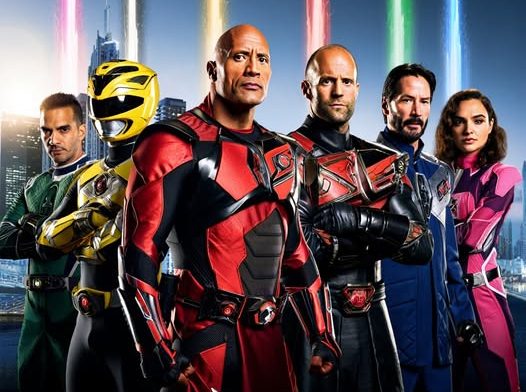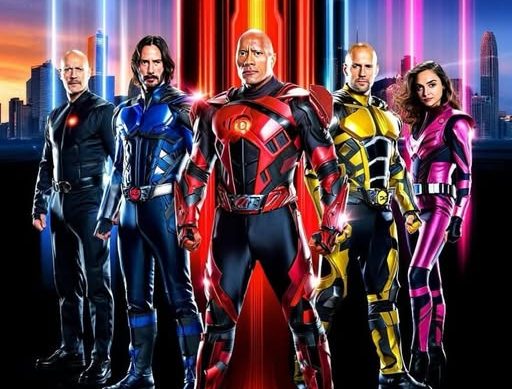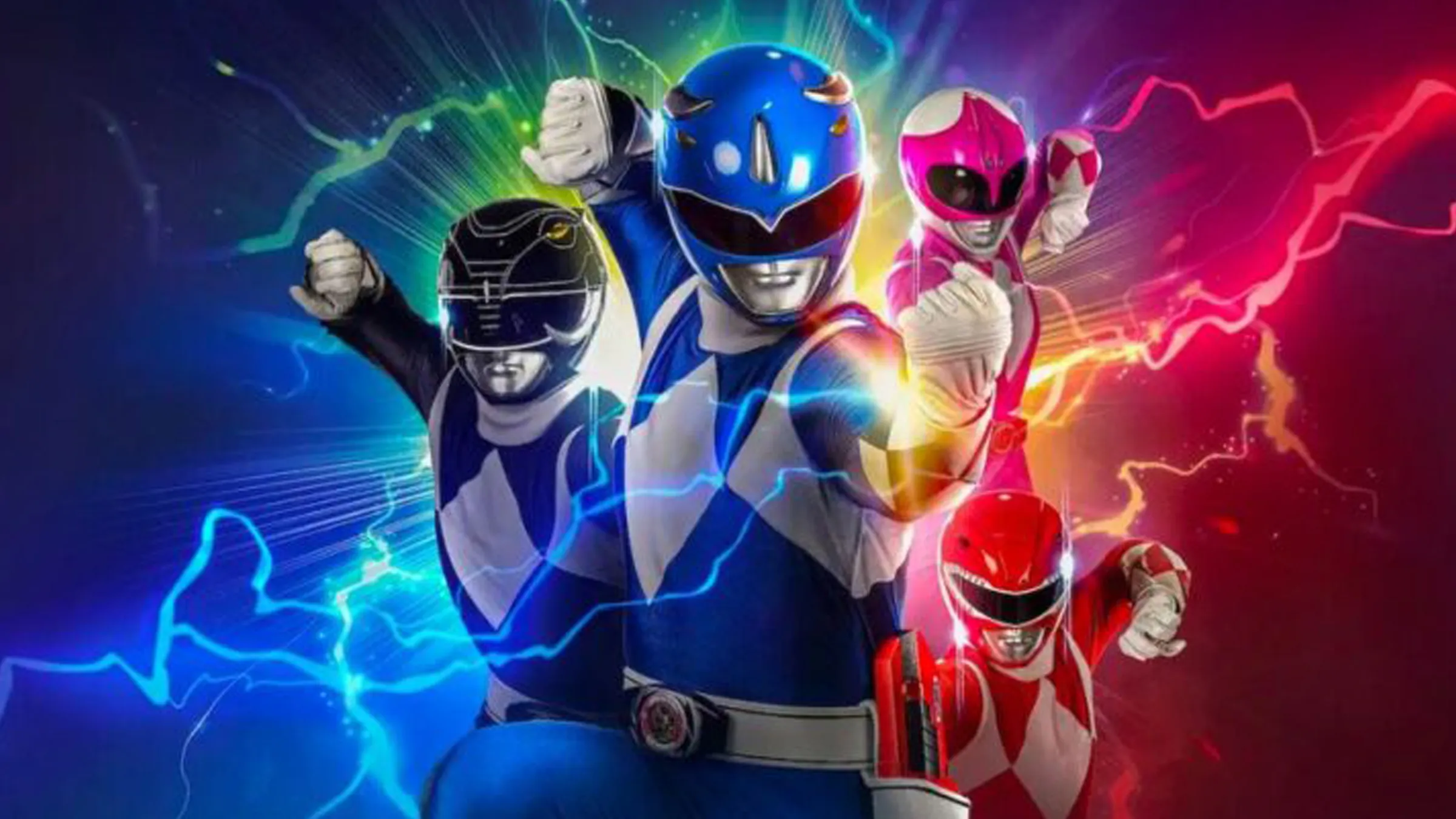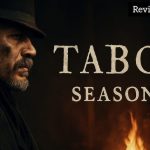Power Rangers (2025) – Rise of the Grid

After years of silence, Power Rangers (2025) roars to life as a bold, emotional, and visually stunning rebirth of the legendary franchise. It isn’t just a reboot — it’s a reawakening. Directed by Joseph Kosinski, the film blends nostalgia with modern intensity, turning what once was a colorful fantasy into a mythic story about unity, destiny, and sacrifice.
The story begins decades after the fall of Angel Grove. The Power Grid, source of all Ranger energy, lies shattered, its remnants buried across galaxies. When a cosmic rift opens and ancient energy surges toward Earth, destiny calls again. Five unlikely strangers — rebels, scientists, and soldiers — are chosen to wield what remains of the Morphin legacy before a force older than Zordon rises to consume creation itself.
Jacob Elordi leads as Jason, the new Red Ranger — a disillusioned fighter searching for redemption after the death of his brother. Zendaya’s Kimberly, the Pink Ranger, is an environmental activist who sees power as burden, not gift. John Boyega’s Zack brings raw charisma and guilt as a former pilot haunted by loss. Florence Pugh’s Trini, quiet yet fierce, carries the team’s conscience, while Finn Wolfhard’s Billy becomes its heart — a genius whose courage emerges when everything else falls apart.
Together, they form a team not of heroes, but of broken people trying to become whole. The Morphin Power isn’t given easily; it must be earned through trust. Their journey from chaos to unity gives the story its emotional weight — a story not about power, but purpose.
The antagonist, Serpentara Prime (Cate Blanchett), is a celestial being born from the Power Grid’s corruption. Her goal isn’t conquest — it’s cleansing. She sees humanity as a virus in the cosmic order, and her arrival turns Earth into the final battlefield between creation and extinction. Blanchett’s performance is mesmerizing, both regal and terrifying, the embodiment of divine wrath.
Kosinski’s visual direction is extraordinary. Vast desert battles, glowing energy storms, and colossal Zord confrontations unfold with elegance and clarity. The camera treats combat as choreography — motion, emotion, and myth fused together. The Zords aren’t just machines; they are extensions of the Rangers’ souls, metallic beasts animated by belief.
Cinematographer Claudio Miranda captures the dual beauty of destruction and rebirth — neon cities crumbling under golden light, rain cascading over helmets as color returns to a world gone gray. The imagery evokes awe without losing intimacy, balancing cosmic scale with personal struggle.
The score by Lorne Balfe and Steve Jablonsky merges orchestral grandeur with electronic pulse. When the iconic “Go Go Power Rangers” motif rises amid thunder and flame, it feels earned — less a callback, more a resurrection. Each note mirrors the Rangers’ heartbeat: fractured at first, then unified in defiance.

Thematically, Power Rangers (2025) explores legacy and evolution. It asks what heroism means in an age defined by fear — and whether unity still matters when hope feels extinct. The Rangers are no longer teenagers with attitude; they are warriors with scars, learning that courage isn’t the absence of fear, but the decision to keep fighting through it.
The final act is both epic and intimate. As Serpentara Prime tears open the Grid, the team channels every fragment of lost power — Red, Blue, Black, Yellow, Pink — and merges into a blinding surge of light. The Morphin call echoes one last time before the screen fades to white, and in that silence, the world is remade.
Power Rangers (2025) is more than an action film; it’s a myth reborn in fire and color. With breathtaking visuals, powerful performances, and a story that dares to believe in unity, it captures what made the Rangers timeless: not their suits, but their spirit. ⚡
Related movies :
Related movies :
Related movies :
Related movies :
Related movies :
Related movies :











